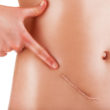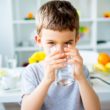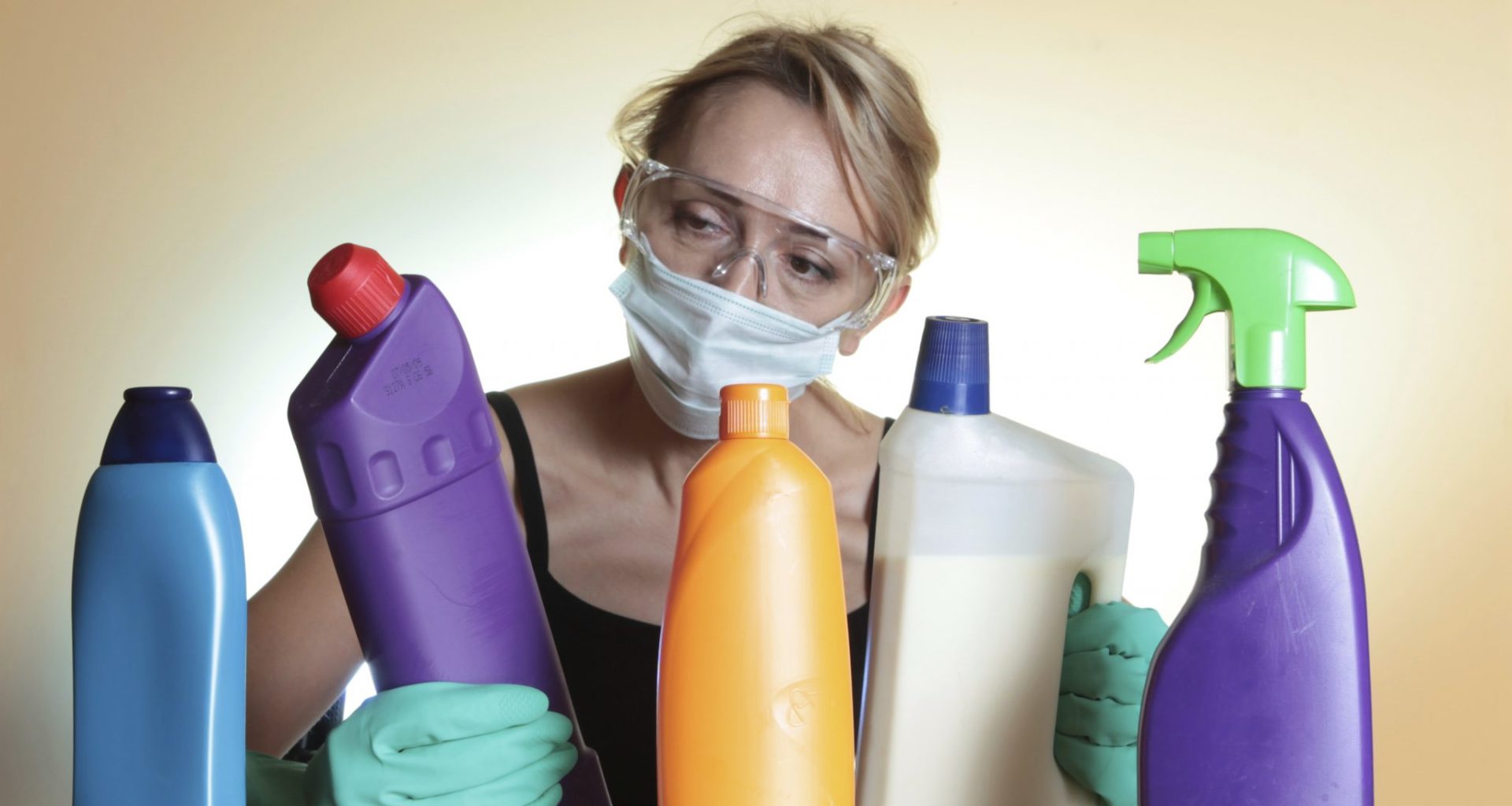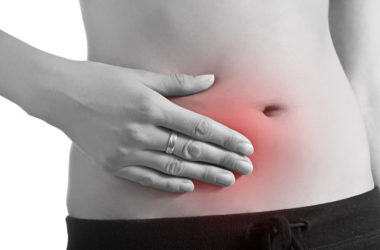If you want to live and lead a healthy life, you need to start reassessing your household items you have in your homes. Many of the items you are using are made from toxic chemicals that are harmful not only to your health but to the environment, too.
The World Health Organization (WHO) presented a report co-produced with the United Nations Environment Program (UNEP) aptly titled as “State of the Science of Endocrine-Disrupting Chemicals”. In the said report, it highlighted the various health problems associated to the use of endocrine-disrupting chemicals (EDCs). The following health-related problems are:
• Breast cancer in women
• Prostate cancer in men
• Attention deficit hyperactivity in children
• Developmental abnormalities in children’s nervous system
• Thyroid cancer
• Non-descended testes in young males
The following are the chemicals found in most common household and personal care items that you need to avoid.
1. Bisphenol –A (BPA)
This chemical is one of the world’s highest production-volume chemicals is widely used in the production of plastic water bottles, tooth sealants, plastic gallon milk bottles, canned foods and soda cans, plastic microwave plates, ovenware and utensils, baby toys, bottles, pacifiers, and sippy cups. Exposure to this chemical can interfere with thyroid hormones. Other potential side effects include brain damage, decreased intelligence, attention-deficit hyperactivity disorder and autism.
2. Bisphenol – S (BPS)
Similar to BPA, BPS is an equally toxic chemical that is used in the production of plastic bottles and the likes. Be wary that several manufacturing companies replace BPA with BPS. Do not be fooled with the claims that the product is BPA-free. Be smart in choosing plastic products or better yet stay away from the use of these products. Like BPA, BPS is also showing up in human urine concentrations with similar levels. A 2012 study discovered that 81 percent of those examined from the United States and seven Asian countries had BPS in their urine.
It is also alarming to note that BPS is found to potentially be capable of enhancing estradiol-mediated cell signalling, making it a particularly potent endocrine disruptor. In the study, it is reported that BPS can induce cell death and hinder cellular secretion of prolactin, a hormone that regulates hundreds of biological function that includes metabolism, reproduction, and lactation.
3. Phthalates
This chemical is used to make plastics like polyvinyl chloride (PVC) more flexible and resilient. This toxic chemical is found in the following: processed food packaging, lubricant and adhesives, hoses, detergents, raincoats, beauty items like nail polish, shampoo, deodorants, sprays and fragrances, cosmetics, shower curtains, vinyl flooring, wall covering and even toys. They may be present in several household and personal care items but they are considered as one of the most pervasive endocrine disruptors discovered. These chemicals are linked to reduced testosterone in babies and adults, genital defects, metabolic abnormalities and changes in male brain’s development.
4. PFOA
This chemical is used in most non-stick cookware. It is the primary source of perfluorinated chemicals. Perfluorinated chemicals (PFCs) are fluorine-containing compounds that are used to manufacture items like fabrics, cosmetics, and food packaging for stick- and stain-resistance. These chemicals are considered “bioaccumulative”, as they break down very slowly that they take a long time to leave your body.
Long-term exposure to these toxic chemicals is harmful. When non-stick pans reach the heat temperatures that cause the non-stick coating to break down, it releases toxins that are linked to cancer, birth defects and thyroid disease. A recent study published in Journal of Clinical Endocrinology and Metabolism has linked PFCs with altered thyroid hormones.
5. PBDE
PBDE is used in several household items like upholstery, television and computer housings. These flame-retardant chemicals have associated to altered thyroid levels, decreased fertility and other problems with development when exposure occurs in utero. The good thing now, several states ban the use of these chemicals, reducing human exposure to toxicity.
6. Formaldehyde
This chemical known as embalming fluid is used in fabrics to give them a variety of easy care properties as well as being a common component of pressed-wood products. However, exposure to formaldehyde can cause adverse health effects such as cancer, fatigue, skin rashes, and allergic reactions.
How you can get rid of these harmful chemicals found in most household and personal care items? Learn the ways to minimize exposure on the aforementioned toxic chemicals.
• Purchase and eat organic-produced products. Organic produced-products are free from pesticides and chemical fertilizers.
• Eat raw, fresh foods. Avoid processed, pre-packaged foods of all kinds. This prevents you from artificial food additives, food colorings, and other artificial food sweeteners.
• Store your food and beverages in glass containers. Avoid using plastic containers, plastic wrap and canned foods, which often have BPA.
• Use natural cleaning products to clean and deodorize your home.
• Swap your chemical-based beauty products to natural-made ones. The Environmental Working Group has a great database to help you find personal care products that are free of phthalates and other damaging chemicals.
• Refrain from using artificial air fresheners, dryer sheets, fabric softeners and other synthetic fragrances.
• Switch to ceramic or glass cookware.
• If you are doing home renovations, go for green, toxin-free alternatives in place of regular paint and vinyl floor covering.
• Use shower curtain made from fabric or install a glass shower door. Flexible plastics used in shower curtain and doors have harmful plasticizers like phthalates.
• Opt for DEET-free insect repellants or pesticides. Search for safe, effective and natural alternatives to get rid of home insects and pests.
• Keep yourself healthy and fit all the time. This is to limit the use of prescription and over-the-counter medicines. These kinds of drugs have chemicals, which will leave residues and accumulate in the body overtime.
• Install water filter on all your faucets to get rid of water contaminants. Let your water be tested, too.
• Limit the use of products containing PFCs, which are known to words “fluoro” or “perfluoro”.
• Steer clear of products treated to be “stain-resistant”
• Be careful in using non-stick cookware. Heating should not be above 230 degrees Celsius. When the non-stick coating starts to peel off, replace them.
• Minimize the use of packaging like microwavable plastic containers and popcorn bags.












